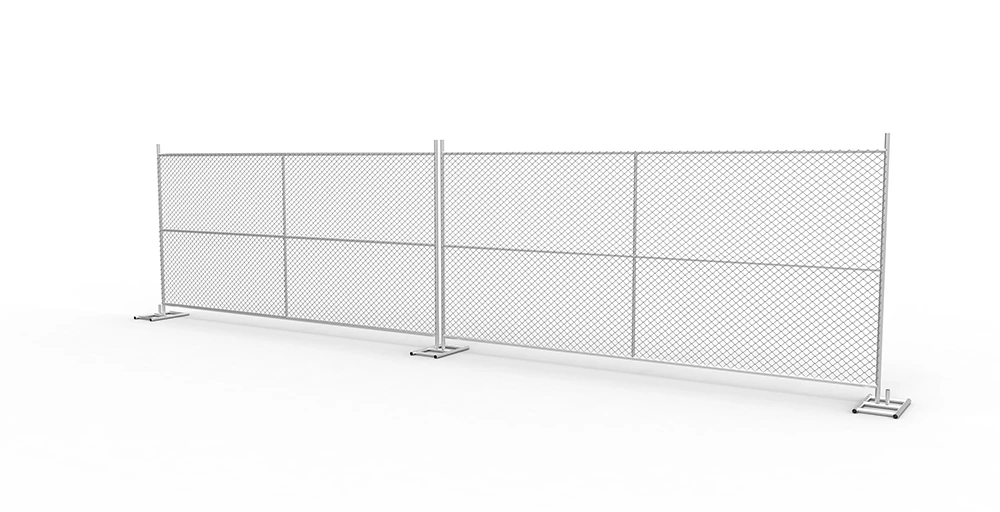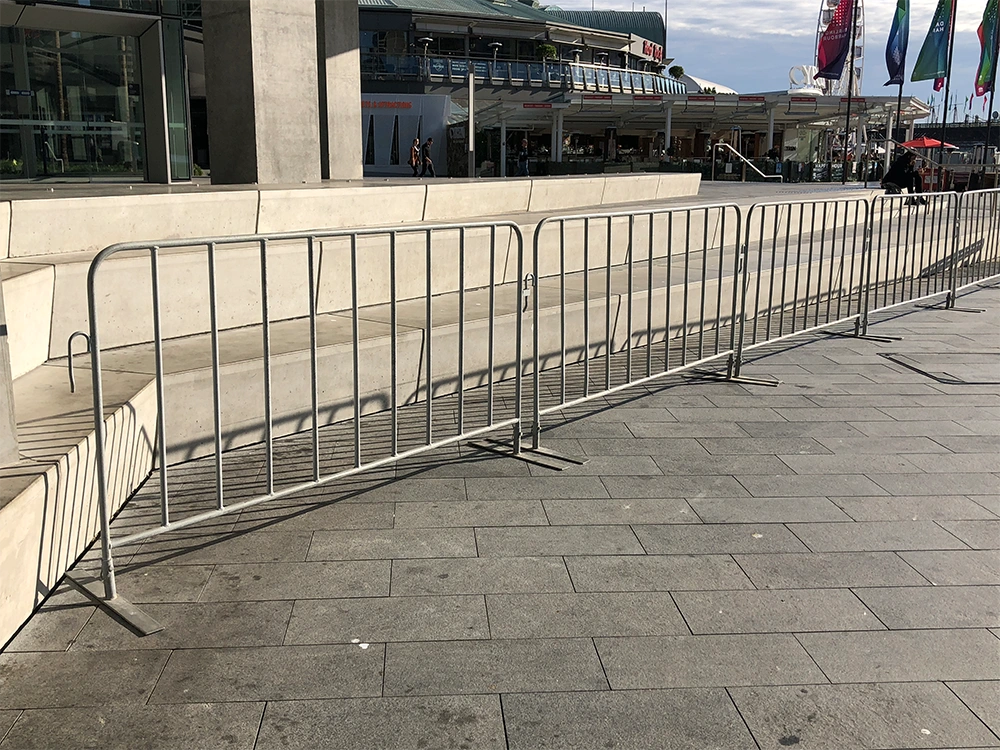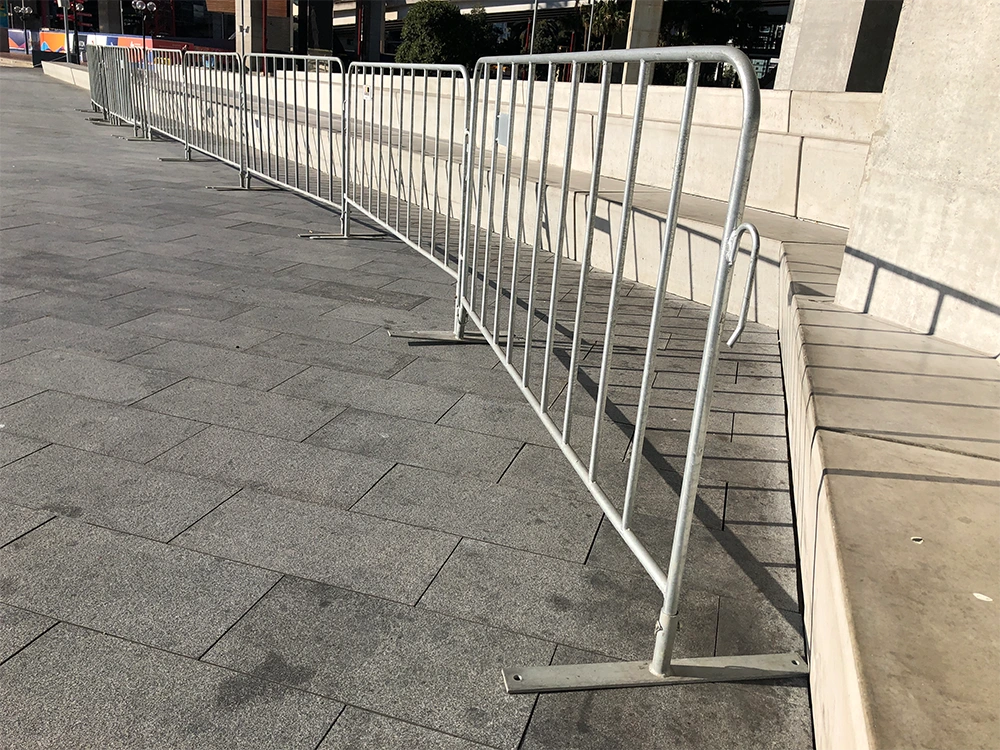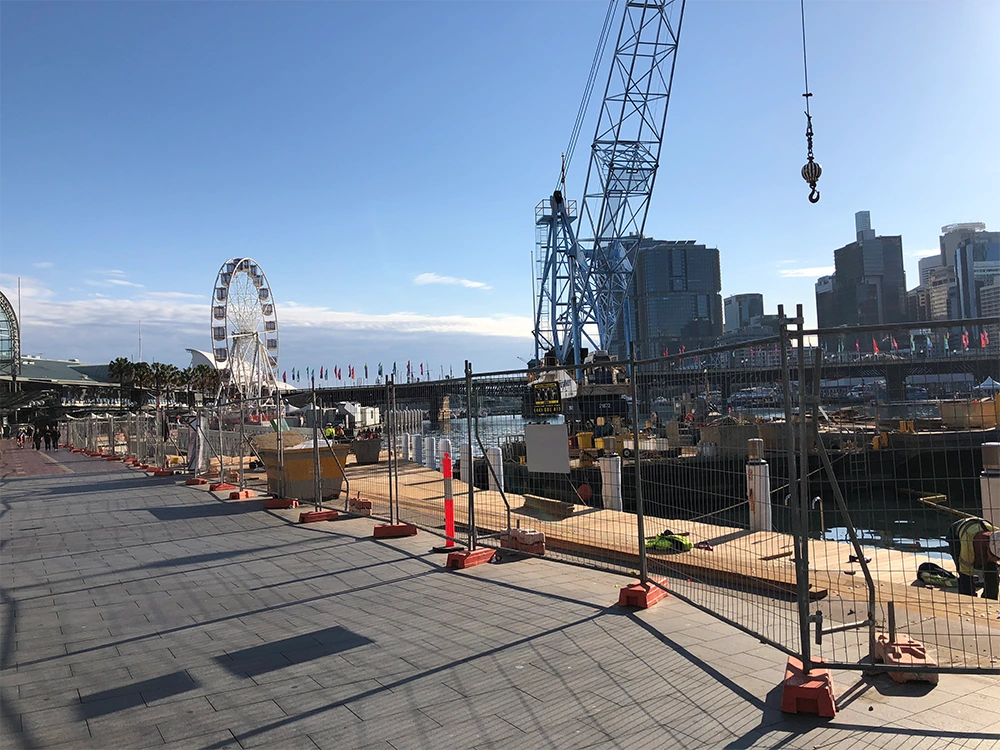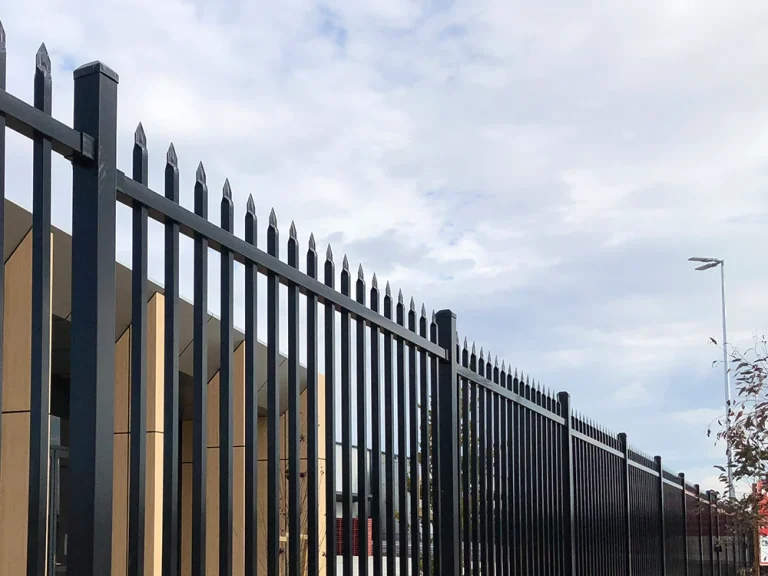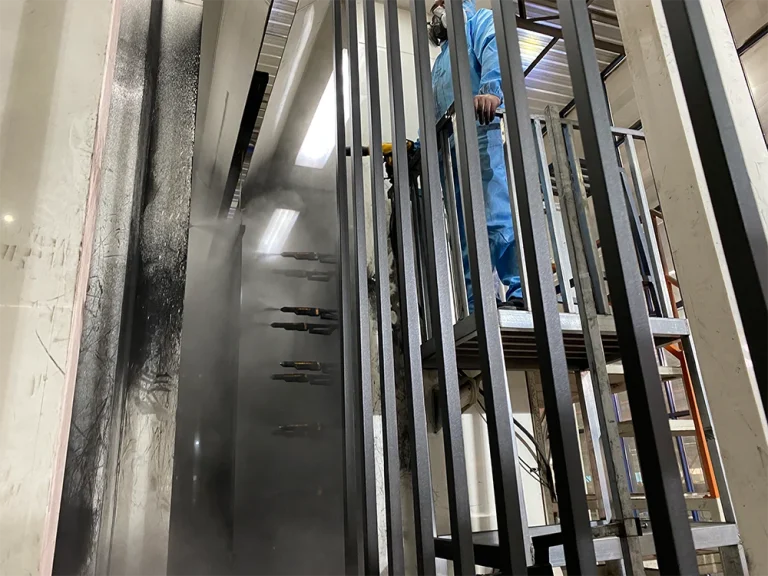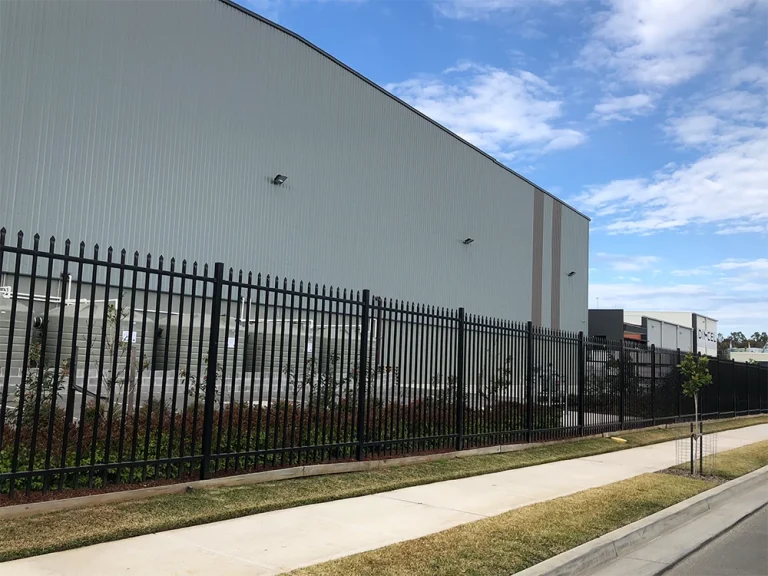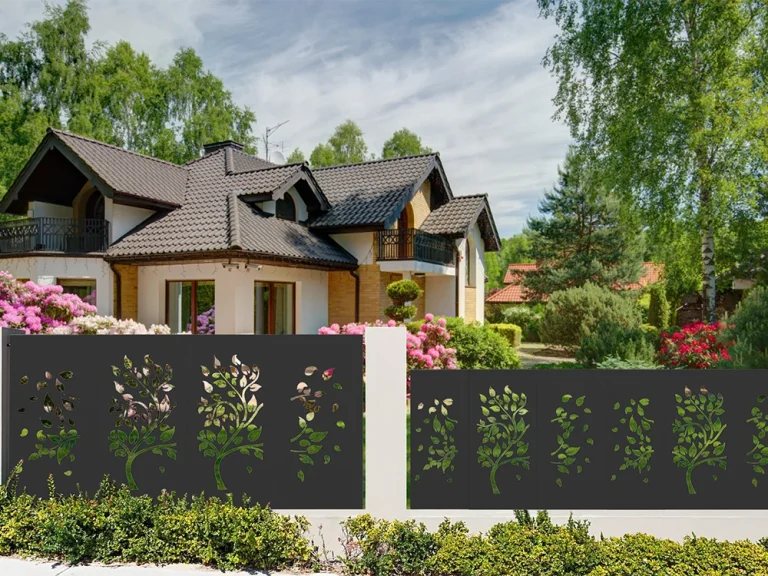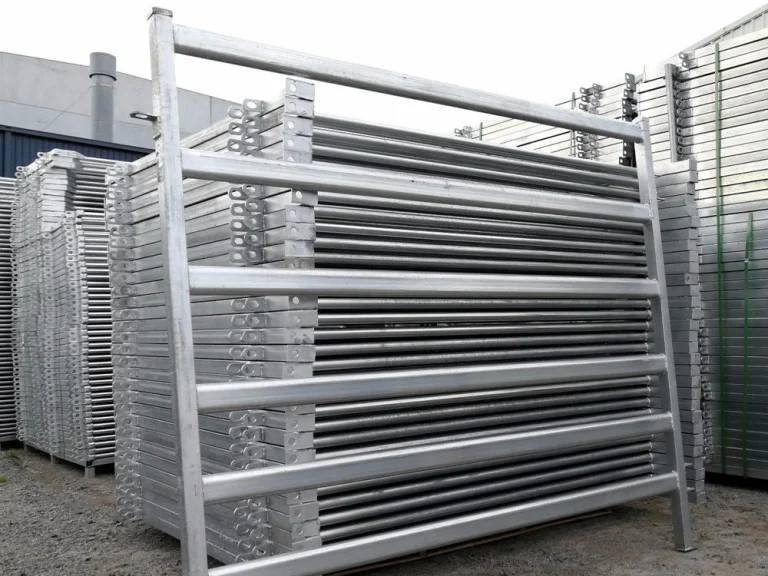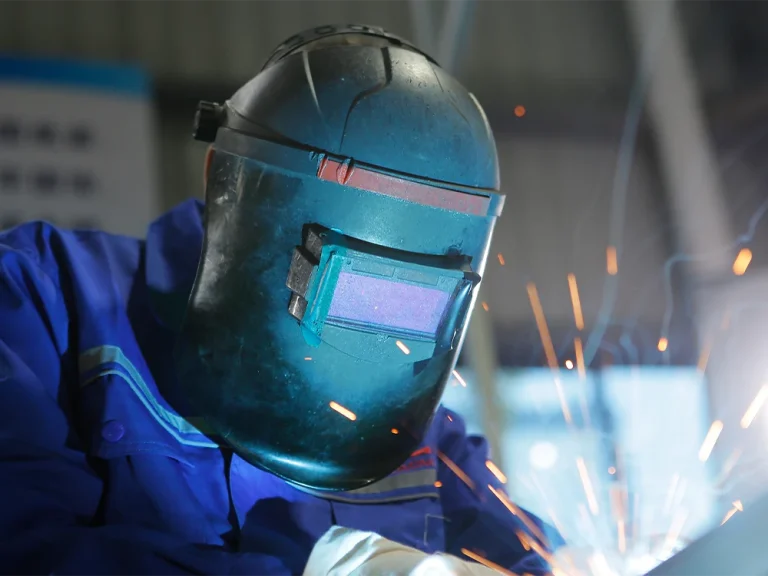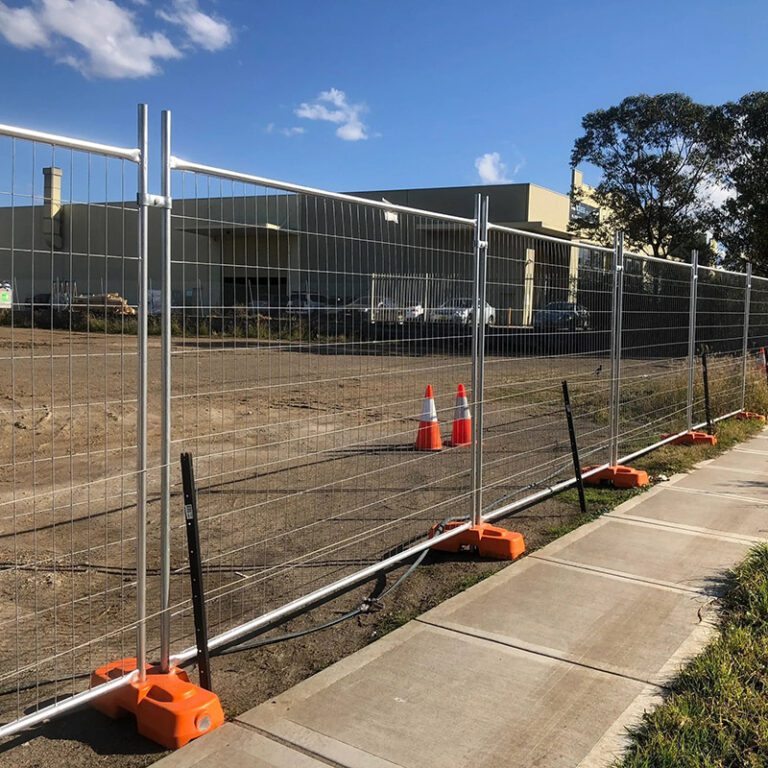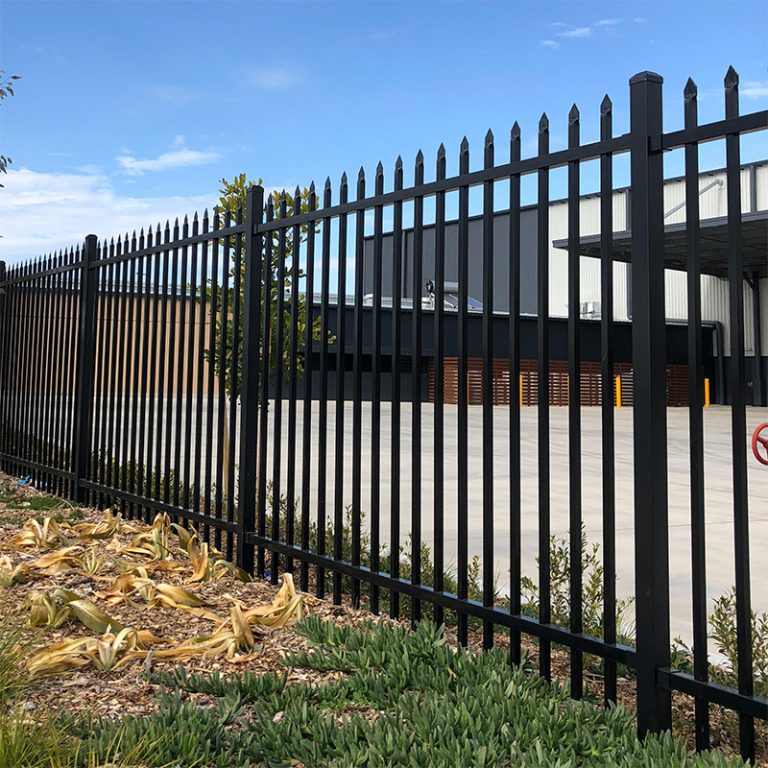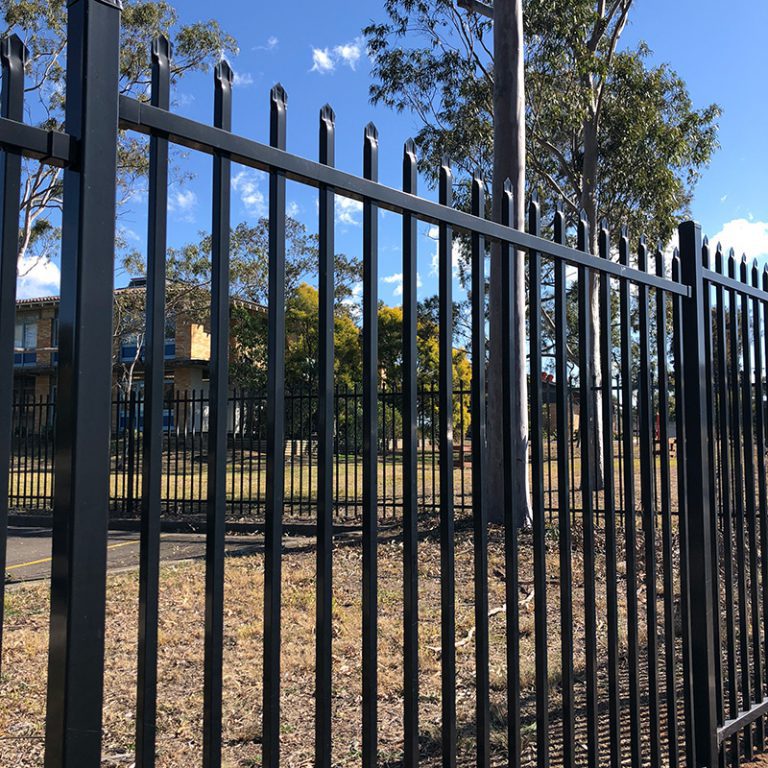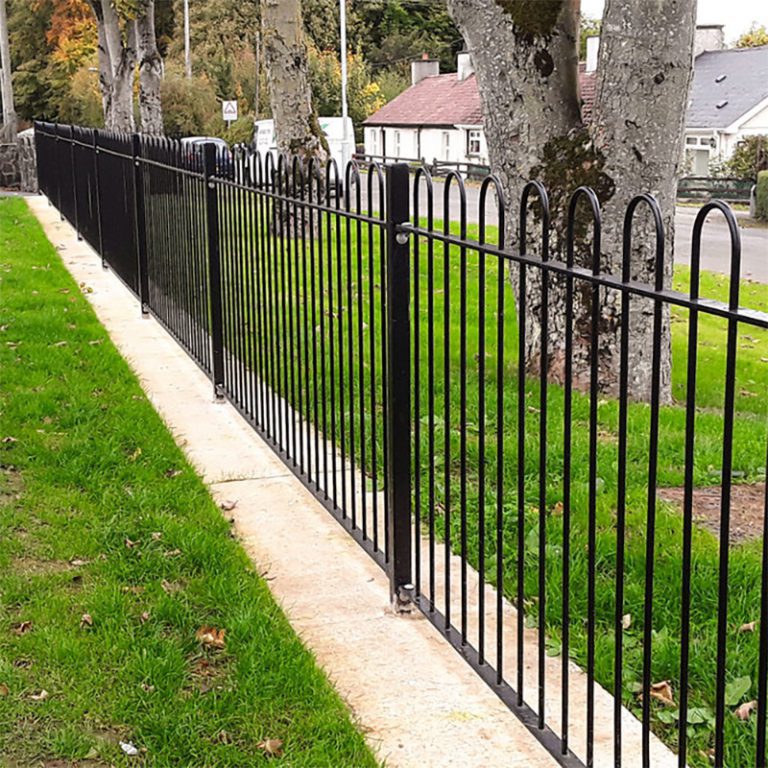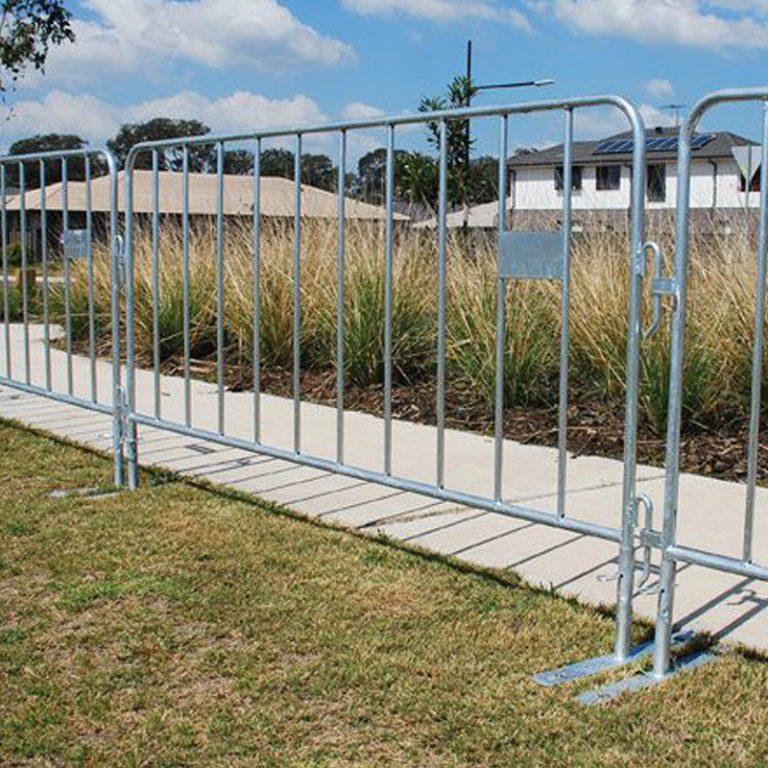Temporary fencing is an essential component in various construction sites, events, and public areas. They provide safety, security, and crowd control while being easy to install and remove. However, with the different types of temporary fencing available in the market, choosing the best type can be a daunting task. In this article, we will discuss the three main types of temporary fencing and which is the best option for your specific needs.
Chain Link Temporary Fence
Chain link temporary fence is the most common type of temporary fencing. It is made up of steel wire woven into a diamond pattern and secured to steel posts. The posts are driven into the ground and connected with clamps to create a stable and secure barrier. Chain link temporary fence is durable, easy to install, and provides excellent visibility. It is also cost-effective, making it a popular choice for construction sites and events.
Pros:
– Cost-effective option
– Easy to install and remove
– Durable and weather-resistant
– Provides good visibility
Cons:
– Less secure than other options
– Can be climbed or cut through with tools
Welded Mesh Temporary Fence
The welded mesh temporary fence is similar to a chain link fence, but instead of woven wire, it is constructed from welded wire mesh panels that are connected to steel posts. Welded mesh temporary fence is more rigid and stable than chain link fence, making it ideal for environments that require higher security, such as prisons and military bases. It is also more visually appealing and can be customized to fit specific needs.
Pros:
– High level of security
– Sturdy and durable
– Difficult to climb or cut through
– Can be customized to fit specific needs
Cons:
– More expensive than chain link fences
– Heavier and less portable
Crowd Control Barriers
Crowd control barriers, also known as pedestrian barricades, are used to control the flow of people in public areas, such as concerts, festivals, and parades. They are lightweight and easy to move, making them ideal for temporary events. Crowd control barriers are typically made of steel or aluminum and come in various sizes and shapes. They are designed to be portable, so they can be easily installed and removed as needed.
Pros:
– Effective in managing large crowds
– Easy to install and remove
– Can be used in various configurations
– Lightweight and portable
Cons:
– Not suitable for high-security applications
– Offers limited privacy and protection
Key Considerations for Selecting Temporary Fencing:
1. Site Conditions:
Assessing the terrain, ground surface, and environmental factors such as wind load and soil stability is crucial for determining the most suitable type of temporary fencing. For instance, chain link fences may be preferable for flat surfaces, while welded mesh options offer greater stability on uneven terrain.
2. Security Requirements:
Understanding the level of security needed for the project is essential. Factors such as the value of materials or equipment on-site, the presence of sensitive information, and the risk of intrusion or theft influence the choice between chain link and welded mesh temporary fencing.
3. Duration of Use:
Consider the duration for which the temporary fencing will be in place. For short-term projects or events, lightweight and easily deployable crowd control barriers may suffice. Conversely, long-term projects may necessitate more robust and durable fencing solutions.
4. Customization Needs:
Some projects may require specialized features or customization options in temporary fencing. Welded mesh fences offer greater flexibility in customization, allowing for specific height adjustments, access control mechanisms, or integration of additional security features like razor wire or anti-climb panels.
Regulatory Compliance and Safety Standards:
1. Building Codes and Regulations:
Adhering to local building codes and regulations ensures compliance with safety standards for temporary fencing installations. Understanding requirements related to fence height, setback distances, and accessibility provisions is paramount to avoid potential legal liabilities.
2. Occupational Health and Safety:
Prioritizing worker safety during temporary fencing installation and removal is imperative. Providing appropriate training, and personal protective equipment (PPE), and implementing safe work practices mitigate the risk of accidents or injuries on-site.
Our Advantage:
As a leading manufacturer specializing in temporary fencing solutions, FENCE DEPOT offers a comprehensive range of products tailored to meet various needs. From cost-effective chain link fencing to robust welded mesh options and versatile crowd control barriers, our offerings are designed to ensure optimal safety and security in diverse environments. With our expertise and commitment to quality, we strive to provide unmatched solutions that exceed customer expectations and deliver exceptional value.
Which is the best type of temporary fencing?
The answer to this question depends on your specific needs. If you require a temporary fence for a construction site or event, a chain link temporary fence is the most cost-effective and practical option. It provides excellent visibility and is easy to install and remove. If you need a more secure barrier, such as for a military base or prison, a welded mesh temporary fence is the best choice. It is more rigid and stable than a chain link fence, making it more difficult to breach. Finally, if you need a temporary fence for crowd control, such as for concerts or parades, then crowd control barriers are the way to go. They are lightweight and portable, making them easy to move and set up as needed.
Conclusion:
In conclusion, the optimal choice of temporary fencing depends on factors such as security needs, budget constraints, and portability requirements. By carefully assessing these factors and understanding the pros and cons of each fencing type, you can make an informed decision to maximize safety and efficiency in your project.

